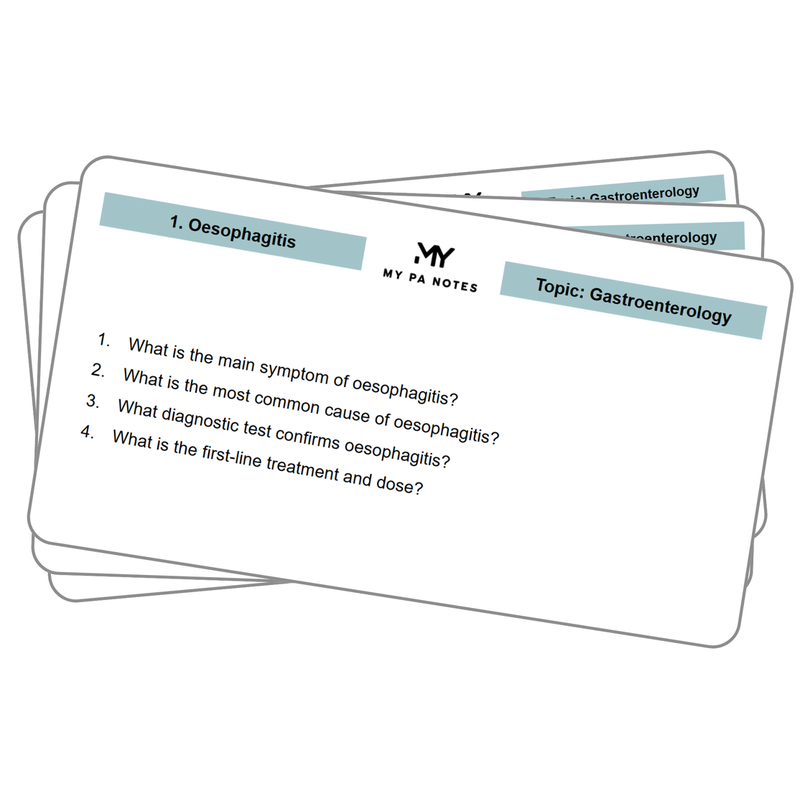Pulmonary Embolism
Jump to content
Definition Aetiology Pathophysiology Risk factor Sign and Symptoms Investigations Management
Definition
Pulmonary Embolism (PE) is a medical condition where one or more emboli (blood clot) lodged in the pulmonary artery.
Aetiology
Breaking of a blood clot in the deep veins of lower limbs, known as deep vein thrombosis (DVT).
Pathophysiology
Usually formed in the deep veins of the lower extremities, one or more emboli travel to the pulmonary arteries, causing obstruction.
The affected area is no longer perfused.
An increase in pulmonary artery pressure and a decrease in cardiac output.
Ischemia affecting the tissue.
Risk factors
DVT.
Previous PE or DVT.
Cancer.
Trauma particularly of lower limbs.
Immobility e.g. long distance travel or hospitalisation.
Medications such as oral contraceptives or hormone replacement therapy (HRT).
Older age (over 60 years old).
Blood disorder e.g. thrombophilia.
Pregnancy.
Cancer.
Obesity.
Varicose veins.
Sign and symptoms
Pleuritic chest pain
Shortness of breath
Leg pain + swelling (unilateral usually but can also be bilateral) + redness around calf area.
Abdominal pain (lower abdo).
Cough and/or haemoptysis.
Fever
O/E: Tachycardia, hypoxia, raised, jugular venous pressure (JVP), murmur might be heard, hypotension.
Diagnosis and investigations
Good history + examination + Wells score (see table 1).
Chest X-ray.
ECG.
D-dimer blood test.
Computed tomographic pulmonary angiography (CTPA).
Arterial blood gases (ABG).
Duplex Ultrasound.
Management
If PE is likely (well score > 4) hospital admission for immediate CTPA + other investigations.
If PE is unlikely ( well score < 4), D-dimer within 4 hrs; consider starting an anticoagulant e.g. apixaban or rivaroxaban (follow local guideline or NICE).
Well's score for PE
| Variable | Points |
|---|---|
| Clinical signs and symptoms of DVT | 3 |
| An alternate diagnosis is less likely than PE | 3 |
| Heart rate >100 | 1.5 |
| Immobilisation or surgery in the previous 4 weeks | 1.5 |
| Previous DVT / PE | 1.5 |
| Hemoptysis | 1 |
| Malignancy (treatment currently, in the previous 6 months, or palliative) | 1 |
Check out our youtube channel
Blueprint Page
Explore the comprehensive blueprint for Physician Associates, covering all essential topics and resources.
Book Your Session
Enhance your skills with personalised tutoring sessions tailored for Physician Associates.





